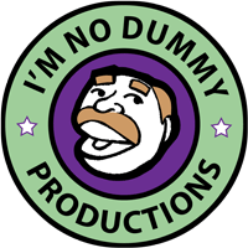
When you think of a creative person, do you immediately think, “artist”?
When you think of an artist, do you imagine them holed up, all alone in their studio?
We often associate “creativity” with “artist”. It is natural, then, to think being creative means being individualistic and working alone.
We rarely associate creativity with collaboration, which is all about working with other people. On the surface, these two concepts seem at odds with each other.
Collaboration implies practicality and goal orientation toward a shared objective.
Creativity implies artistry and individualism toward a personal vision.
Intense artistic creativity taps into our most deeply held beliefs, dreams, visions and even fears.
Sharing that creativity involves baring our soul. It leaves us exposed. It makes us vulnerable. Fearing this vulnerability, many people hide their creativity. They either resist creating altogether, or they never share their creations with anyone else.
Collaboration is all about sharing. It requires us to be open to feedback – both positive and negative.
Collaboration requires that we share our creativity, and thus forces us to make ourselves vulnerable.
So, how can these two words go together?
Let’s start by looking at the words themselves.
Creativity:
“the use of the imagination or original ideas, especially in the production of an artistic work.” – Google Dictionary
Collaboration:
“the action of working with someone to produce or create something.” – Google Dictionary
See what just happened there? The Google Dictionary definition used the word “create” in its description of collaboration. We might be onto something here.
Creativity cannot happen in a vacuum. Creativity is fueled by our environment and by sensory input. We observe. We watch. We listen. We absorb. Then we mix it all together and create something new.
Collaboration increases that sensory input. It adds to our environment. It provides alternate points of view, additional ideas. It fuels additional creativity.
When Collaboration and Creativity combine, we get what I call Applied Creativity – applying creativity to reach an objective, or to solve a problem. For me, that’s when things really get to be fun.
When we can work collaboratively, encouraging and fueling each others’ creativity, our own creativity increases, we get much better solutions and we have more fun doing it.
Go find a creative soulmate and collaborate. It’s fun!
